What Is RAM?
RAM is short for Random Access Memory, which is the main memory of the computer. This component is very important and it allows your computer to store data short-term for quicker access.
When purchasing a computer, experienced users always ask “how much RAM does this computer have?” If you plan to use this computer to run a certain OS, play certain games, or run other apps, these programs always require your computer to meet a certain RAM requirement. Otherwise, these apps can’t be run on the computer.
If you want to know more about RAM, you can read the following post:
Types of RAM
In this part, I will only focus on types of RAM, not on ROM types (FROM, etc.) or VRAM types (GDDR, HBM, etc.).
RAM is volatile memory, which means that it can’t retain data once the power is turned off. Its advantage is the high access speed. RAM types are as shown like the following picture:
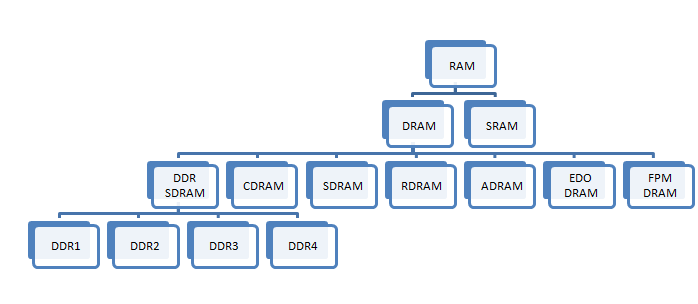
RAM is mainly divided into two types: DRAM (Dynamic RAM) and SRAM (Static RAM).
- SRAM: It relies on static flip-flops to store data. Therefore, the information stored in SRAM can be retained for a long time without power failure and no additional circuit refresh is required.
- DRAM: It uses capacitors to store information (charge), but any capacitor has leakage (charge loss), so the stored information will be lost. To solve this problem, DRAM needs to read and rewrite (so-called refresh) the DRAM at regular intervals (2ms).
Comparing SRAM and DRAM, their differences are as follows:
- SRAM: It requires about six transistors for a memory cell, which makes it high-cost, small-capacity, and high-speed. Therefore, it is often used as the primary cache or secondary cache of the CPU.
- DRAM: It requires about one transistor and one capacitor for a memory cell, which makes it low-cost and large-capacity, but it needs to be refreshed and the speed is slower than SRAM. Therefore, it is often used as the main memory of the computer.
After reading the above content, you can see that the main memory mainly uses DRAM. DRAM is mainly divided into FPM, EDO, ADRAM, SDRAM, RDRAM, CDRAM, and DDR SDRAM.
- FPM (Fast Page Mode): It is an earlier type of PC memory and has been deprecated. When reading data, it needs to wait for the first bit of data to be read before starting to read the next data. In addition, data is transmitted every 3 clock pulse cycles. Its max transfer rate is around 176 Mbps.
- EDO DRAM (Extended Data Output DRAM): It has been deprecated, too. It doesn’t wait for the completion of the processing of the first bit before continuing to the next one. In addition, data is transmitted every 2 clock pulse cycles.
- ADRAM (Asynchronous DRAM): Earlier DRAMs are mainly ADRAMs. In ADRAMs, the system clock doesn’t coordinate or synchronize memory access. Therefore, there is delay in the response of the memory.
- SDRAM (Synchronous DRAM): To solve the problem of ADRAM, SDRAM comes out. In SDRAMs, the system clock coordinates or synchronizes memory access. Therefore, the CPU knows the timing or the exact cycle number of the available data of the RAM, the input bus, and the output bus, which improves the read and write speed of the memory.
- DDR SDRAM (Double-Data-Rate SDRAM): DDR SDRAM is based on SDRAM. SDRAM transmits data only once in a clock cycle and it usually transmits data in the rising period of the clock. As for DDR SDRAM, it transmits data twice in a clock cycle and it can transmit data once in the rising and falling periods of the clock, respectively.
- RDRAM (Rambus DRAM): Unlike DDR and SDRAM, it uses a serial data transfer mode. This mode makes requires manufacturers to change manufacturing process and, to produce RDRAM, manufacturers must pay a certain patent fee. Therefore, it has high-cost. That is also why it is not so popular among users.
- CDRAM (Cached DRAM): This memory is a special type DRAM memory with an on-chip cache memory (SRAM) that acts as a high-speed buffer for the main DRAM.

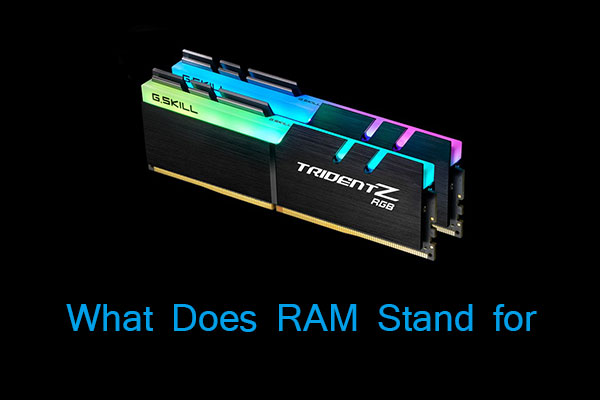
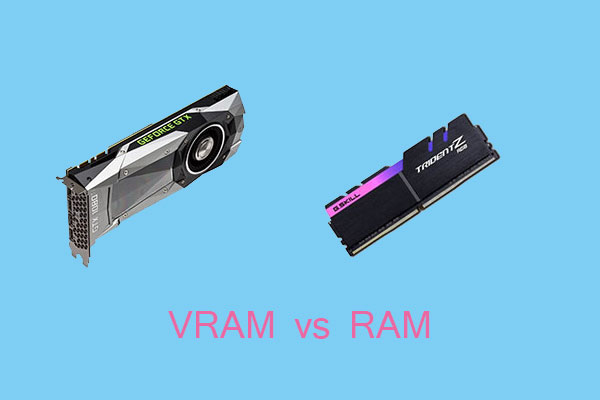
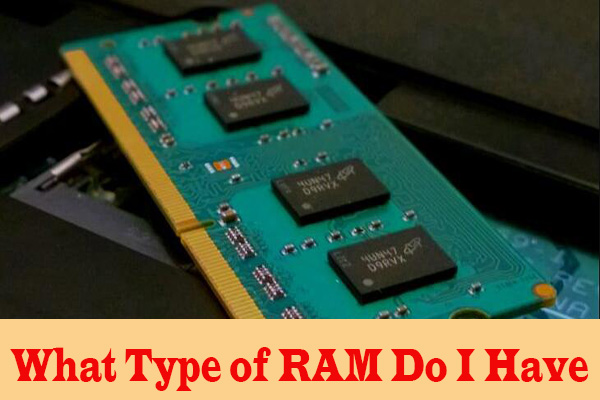
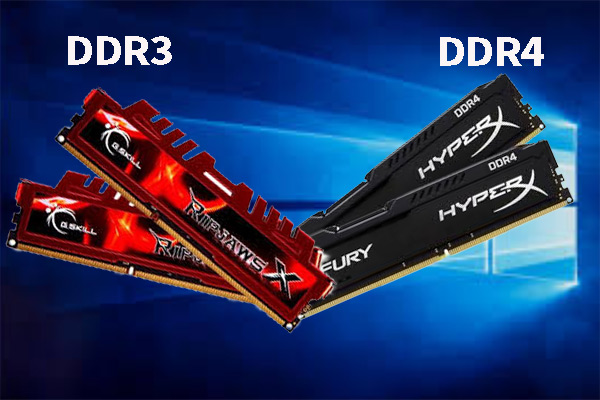
User Comments :